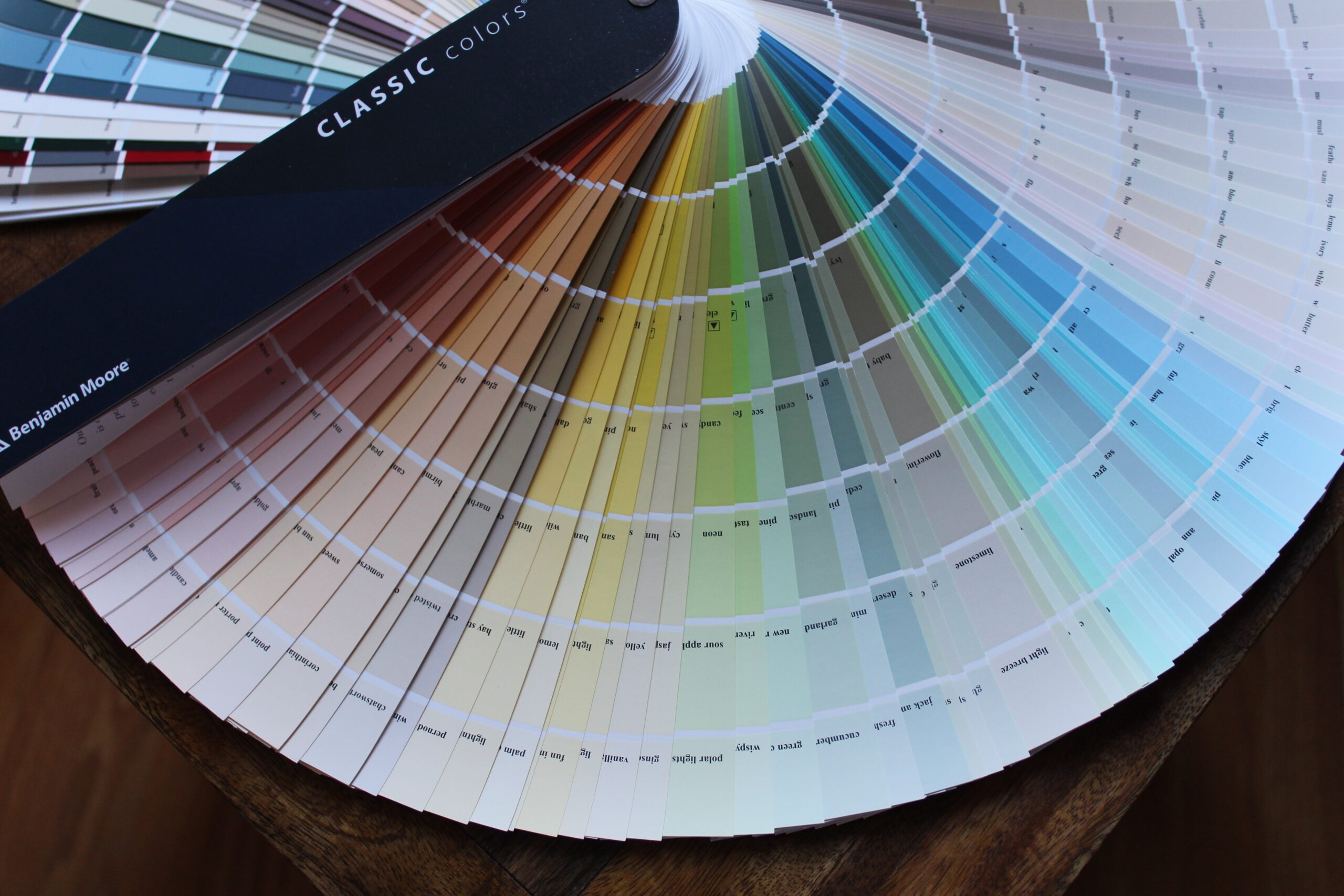The chromatic palette selected for your room’s walls possesses the power to profoundly impact your mood. Bright wall paint colors have a unique impact on your emotions, energy level, and creativity.
The correct wall paint color has a profound impact on mood and productivity. We will explore the psychology of color and how bright wall paint colors affect your mood.
The Psychology of Color
Color theory explains how colors impact our emotions. Different colors evoke specific emotions and reactions. The calming impact of blue is well-known, while red signifies energy and passion. Color theory is widely used in marketing, advertising, and interior design to create a particular mood or message.
The Effects of Bright Wall Paint Colors on Mood
Bright wall paint colors have both positive and negative effects on mood. Below are some of the known effects:
Positive Effects
- Boosts Mood – Vibrant colors activate the brain’s pleasure center, inducing elevated mood and increased happiness.
- Increases Energy – Bright colors are known to increase energy levels. They have the capacity to enhance your alertness, promote heightened activity levels, and ignite an unwavering sense of motivation.
- Enhances Creativity – Bright colors can stimulate creativity and make you feel more inspired and imaginative.
Negative Effects
- Overstimulation – Bright colors can be overwhelming and cause overstimulation. The consequences can manifest as anxiety, heightened stress, and an increased propensity for irritability.
- Fatigue – Bright colors can also cause fatigue, especially when used in rooms where relaxation is essential, such as bedrooms.
- Anxiety – Some individuals may experience anxiety when surrounded by bright colors, especially those with high saturation levels.
Choosing the Right Wall Paint Color
The selection of an appropriate hue for your wall paint can present an intimidating challenge. Take into account the subsequent elements to choose a hue that amplifies your emotional state, efficacy, and overall welfare.
Your personal preference is vital when selecting a wall paint color. Pick a color that reverberates with the essence of your character and complements your personal flair
The function of the room affects the type of wall paint color you choose. For instance, vibrant tones may be well-suited for a playroom, but inappropriate for a bedroom.
Lighting affects the way a wall paint color appears. Natural lighting may make a bright wall paint color appear less intense, while artificial lighting can make it appear brighter.
Tips to Choose the Right Wall Paint Color
Prior to finalizing a wall paint color, conduct sample experiments to assess their appearance under varying lighting conditions. Seek guidance from a seasoned interior designer to assist you in selecting the optimal wall paint color, tailored to your preferences and the room’s intended purpose. Use color theory to select a wall paint color that evokes the desired emotions and mood.
Conclusion
Wall paint color plays a significant role in regulating your mood and productivity. Bright wall paint colors have both positive and negative effects on mood and must be carefully chosen. By considering personal preference, room function, lighting, and the psychology of color, you can select a wall paint color that enhances your mood and wellbeing.



